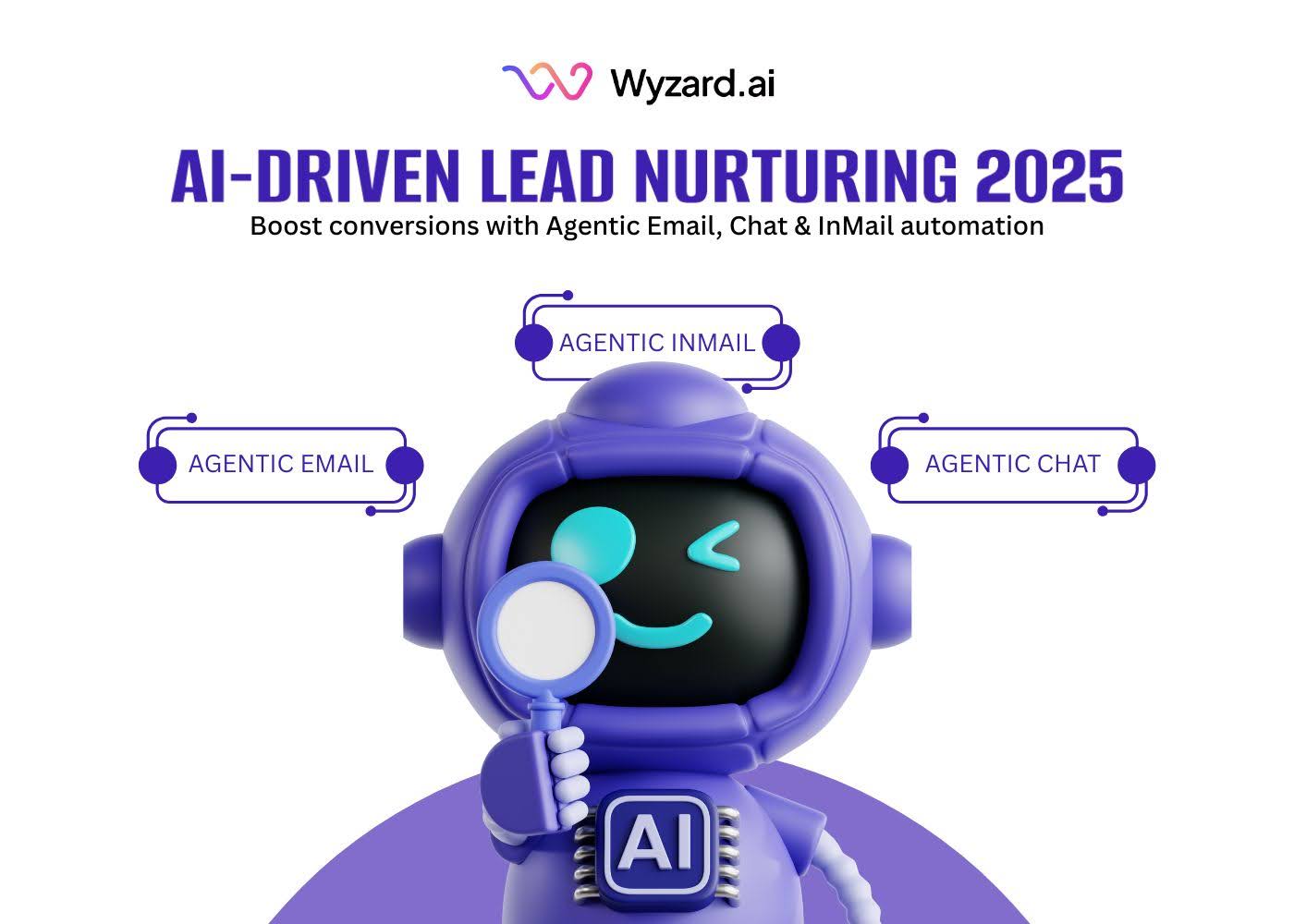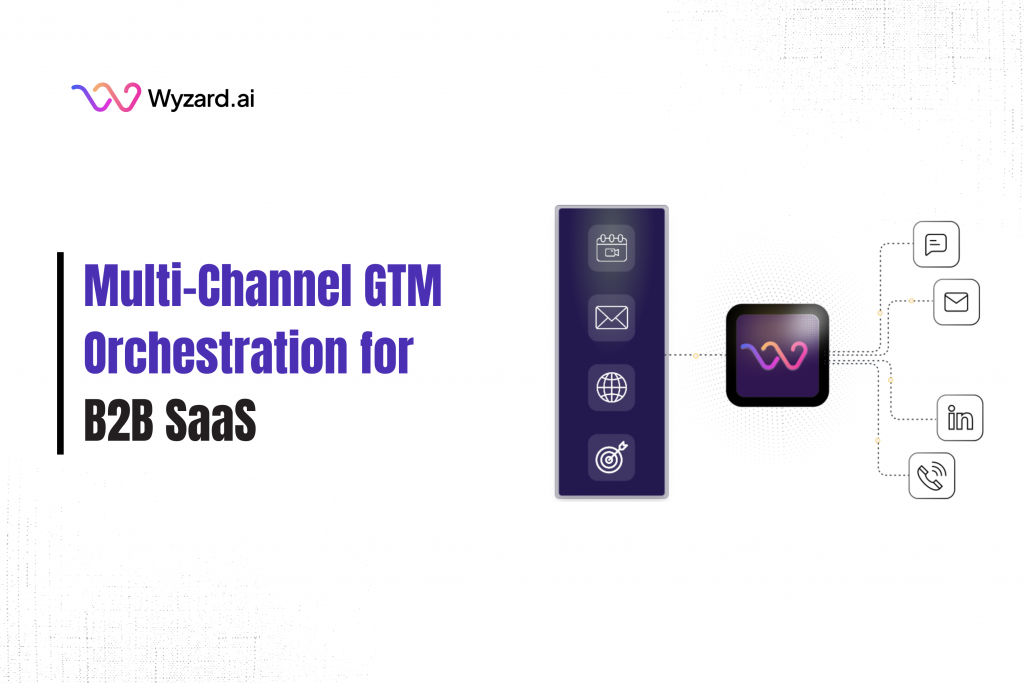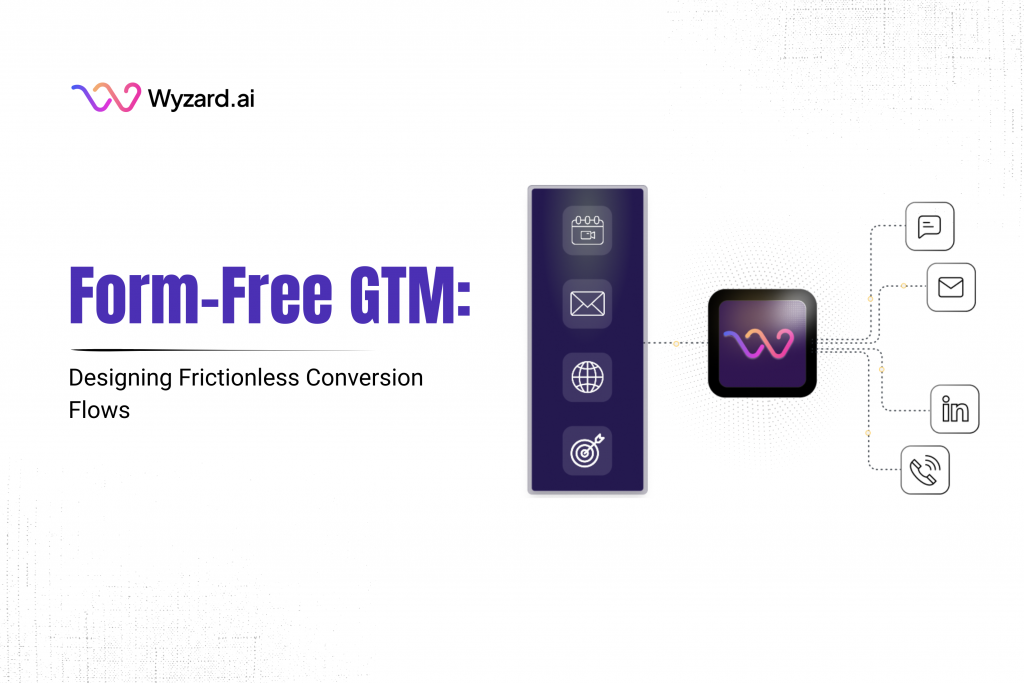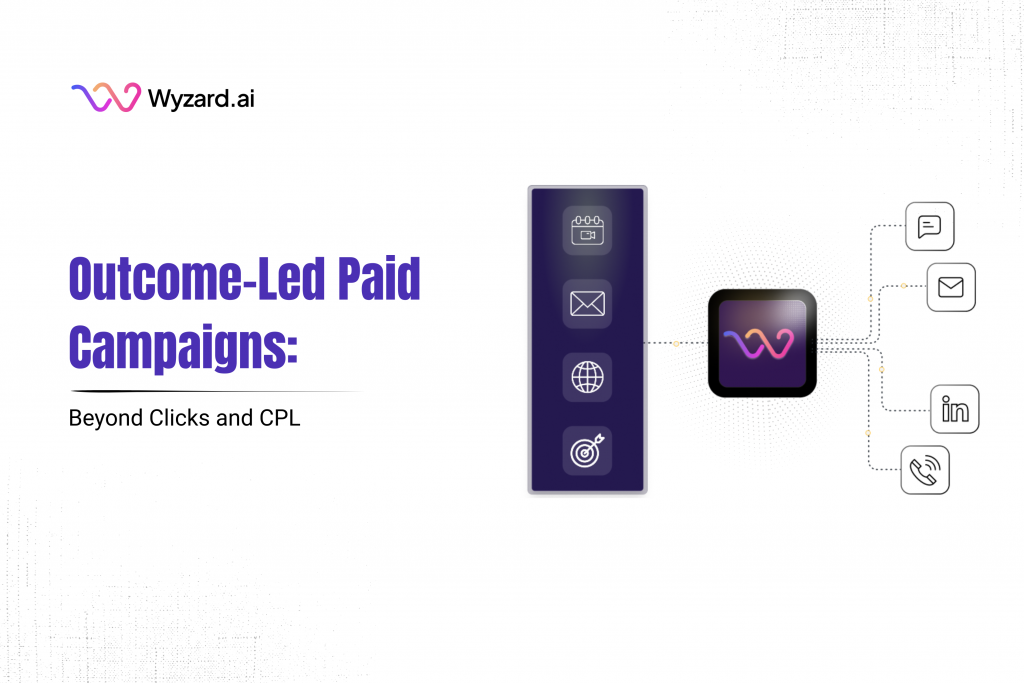If you run marketing or revenue for a B2B SaaS company, the goal is clear: turn GTM spend into ...
AI-Driven Best Practices for Lead Nurturing: What Works in 2025


Subscribe Now
The marketing funnel has transformed dramatically in recent years. Modern B2B SaaS marketers face a critical challenge: how to nurture leads effectively without overwhelming their sales teams or losing prospects in lengthy manual processes.
Understanding AI in Lead Nurturing: The Foundation of Modern Marketing
What is Lead Nurturing and Why Does it Matter?
Lead nurturing represents the strategic process of developing relationships with potential customers at every stage of their buying journey. It involves delivering relevant, personalized content and interactions that guide prospects from initial awareness to purchase decision. The traditional approach to lead nurturing often falls short because it relies heavily on manual processes, generic messaging, and delayed responses. Modern buyers expect immediate, relevant interactions that address their specific needs and pain points.
The Role of AI in Enhancing Lead Nurturing Strategies
Artificial Intelligence has revolutionized how companies approach lead nurturing by introducing capabilities that were previously impossible with manual methods. AI enables real-time personalization, predictive analytics, and automated decision-making that responds to prospect behavior instantly.
AI-powered lead nurturing systems can analyze vast amounts of data to understand prospect intent, timing, and preferences. This technology allows marketers to deliver the right message at the right moment, creating more meaningful connections that drive conversion. AI marketing automation tools have become essential for companies looking to scale their nurturing efforts without proportionally increasing their team size.
Key Benefits of AI for Effective Lead Nurturing
Improved Personalization and Engagement
AI transforms generic marketing messages into highly personalized communications that resonate with individual prospects. By analyzing behavioral data, content consumption patterns, and engagement history, AI systems can craft messages that speak directly to each lead’s specific interests and challenges.
Agentic Email technology takes this personalization further by generating contextually relevant email responses that maintain a consistent brand voice while addressing unique prospect needs.
Automated Follow-Ups for Increased Efficiency
Manual follow-up processes often result in delayed responses and missed opportunities. AI-driven systems ensure that every prospect receives timely, relevant follow-up communications based on their actions and engagement patterns.
Agentic Chat systems can engage website visitors instantly, qualifying prospects and providing immediate value while human team members focus on high-priority activities. This 24/7 availability ensures that no potential customer slips through the cracks, regardless of when they visit your website or express interest.
Data-Driven Insights for Better Decision Making
AI systems continuously analyze prospect behavior and campaign performance to provide actionable insights that improve nurturing strategies. These insights help marketers understand which content resonates most effectively, optimal timing for outreach, and the most effective channels for different prospect segments.
Lead scoring becomes more sophisticated with AI, incorporating multiple data points and behavioral signals to identify prospects most likely to convert. This enables sales teams to prioritize their efforts and focus on leads with the highest potential value.
Top AI Tools for Lead Nurturing in 2025
Overview of Leading AI Platforms
The lead nurturing technology landscape has evolved to include specialized AI platforms designed specifically for B2B SaaS companies. These platforms offer capabilities ranging from intelligent chatbots to predictive analytics and automated email sequences.
Modern AI lead nurturing platforms integrate seamlessly with existing CRM systems and marketing automation tools, creating a unified ecosystem that manages prospects across multiple touchpoints. The most effective platforms combine multiple AI technologies, including natural language processing, machine learning, and predictive analytics.
Comparison of Features and Benefits
When evaluating AI tools for lead nurturing, consider platforms that offer real-time engagement capabilities, advanced personalization features, and comprehensive analytics. The most successful implementations combine multiple AI technologies to create cohesive prospect experiences.
Wyzard.ai represents the next generation of lead nurturing technology, offering agentic conversations that engage prospects intelligently across web and email channels. Unlike traditional chatbots or basic automation tools, Wyzard.ai’s copilot understands context, intent, and timing to deliver truly meaningful interactions that drive conversion.
Implementing AI in Your Lead Nurturing Strategy
Steps to Integrate AI Tools into Your Workflow
Successful AI implementation requires careful planning and strategic integration with existing processes. Begin by auditing your current lead nurturing workflows to identify bottlenecks and opportunities for automation.
Start with pilot programs that focus on specific segments or use cases. This approach allows you to test AI capabilities, measure results, and refine strategies before full-scale implementation. Ensure that your lead management processes are optimized to support AI-driven interactions.
Integration should maintain consistency across all touchpoints while adding intelligence and personalization. The goal is to enhance human capabilities rather than replace them entirely.
Training Your Team for AI-Enhanced Lead Nurturing
Team preparation is crucial for successful AI adoption. Marketing and sales teams need to understand how AI systems work, what data they require, and how to interpret the insights they provide.
Establish clear protocols for human intervention when prospects require specialised attention or complex problem-solving. Team members should know when to step in and how to seamlessly continue conversations initiated by AI systems.
Regular training sessions help teams stay current with AI capabilities and best practices. This ongoing education ensures that your organization maximizes the value of AI investments while maintaining high-quality prospect experiences.
Measuring Success in AI-Driven Lead Nurturing Campaigns
Key Performance Indicators to Track
Effective measurement requires tracking both traditional metrics and AI-specific indicators. Focus on conversion rates, engagement metrics, response times, and lead quality scores to understand overall performance.
Monitor how AI systems perform compared to manual processes across key metrics like time-to-response, qualification accuracy, and progression through the sales funnel. These comparisons help identify areas where AI provides the greatest value and opportunities for further optimization.
Track prospect satisfaction and experience metrics to ensure that AI interactions maintain the quality and personal touch that prospects expect from your brand.
Analyzing Data for Continuous Improvement
AI systems generate vast amounts of data that can inform strategic decisions and tactical improvements. Regular analysis of this data helps identify patterns, optimize messaging, and refine targeting strategies.
Look for trends in prospect behavior, content performance, and conversion patterns to understand what resonates most effectively with your target audience. Use these insights to continuously refine your approach and improve results.
Establish regular review cycles to assess AI performance and make necessary adjustments. This ongoing optimization ensures that your lead nurturing strategies remain effective as market conditions and prospect expectations evolve.
Overcoming Challenges in AI-Driven Lead Nurturing
Addressing Common Misconceptions About AI
Many organizations hesitate to adopt AI for lead nurturing due to misconceptions about complexity, cost, or effectiveness. Understanding the reality of modern AI capabilities helps overcome these barriers and enables more informed decision-making.
AI doesn’t require extensive technical expertise or massive data sets to be effective. Modern platforms are designed for marketing teams to implement and manage without specialized technical knowledge.
Address concerns about maintaining personal connections by demonstrating how AI enhances rather than replaces human interactions. AI BDR and AI SDR technologies complement human sales efforts by handling routine interactions and qualifying prospects more efficiently.
Ensuring Data Quality and Compliance
Data quality directly impacts AI performance and prospect experience. Establish processes to maintain clean, accurate prospect data and ensure that AI systems have access to relevant, up-to-date information.
Compliance with privacy regulations requires careful attention to data collection, storage, and usage practices. Implement appropriate safeguards and obtain necessary permissions to use prospect data for AI-driven nurturing activities.
Regular audits of data quality and compliance practices help maintain high standards and protect both prospects and your organization from potential issues.
Conclusion
AI-driven lead nurturing represents the future of B2B marketing, offering unprecedented capabilities for personalization, efficiency, and effectiveness. Companies that embrace these technologies now will gain significant competitive advantages in prospect engagement and conversion.
The key to success lies in thoughtful implementation that combines AI capabilities with human expertise and oversight. By focusing on prospect experience, data quality, and continuous improvement, organizations can build lead-nurturing systems that drive sustainable growth.
As AI technology continues advancing, early adopters will be best positioned to capitalize on new capabilities and maintain their competitive edge in an increasingly sophisticated marketplace.
FAQs
AI in lead nurturing provides improved personalization, automated follow-ups, real-time engagement, better lead scoring, and data-driven insights that increase conversion rates and reduce manual workload.
Start with pilot programs, audit existing workflows, integrate gradually with current systems, train your team, and focus on specific use cases before scaling implementation.
Look for platforms offering agentic conversations, advanced personalization, predictive analytics, and seamless CRM integration. Wyzard.ai provides a comprehensive signal-to-revenue AI. Capabilities specifically designed for B2B SaaS companies.
Track conversion rates, engagement metrics, response times, lead quality scores, and prospect satisfaction. Compare AI performance against manual processes and monitor continuous improvement.
Common challenges include data quality requirements, team training needs, integration complexity, and compliance considerations. Address these through proper planning and gradual implementation.
Other blogs
The latest industry news, interviews, technologies, and resources.
Form-Free GTM: Designing Frictionless Conversion Flows
A visitor lands on your pricing page. They are ready to talk, not to wrestle with a 12-field form. ...

December 8, 2025
Outcome-Led Paid Campaigns: Beyond Clicks and CPL
You put serious money into paid media. Dashboards show strong CTR and healthy CPL. The next slide hits and ...

 We’ve secured funding to power Signal-to-Revenue AI to GTM teams globally. →
We’ve secured funding to power Signal-to-Revenue AI to GTM teams globally. →


